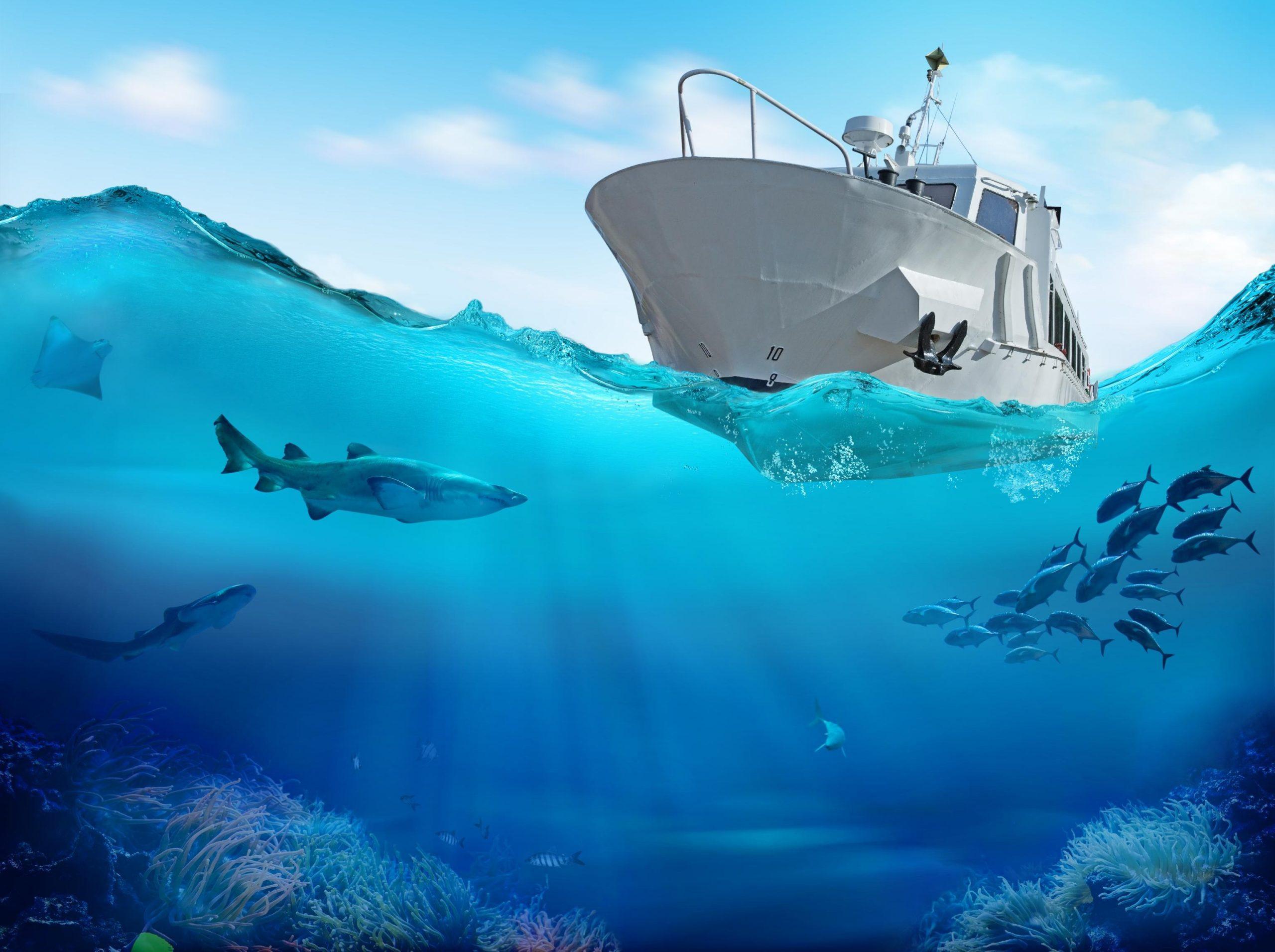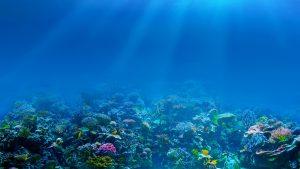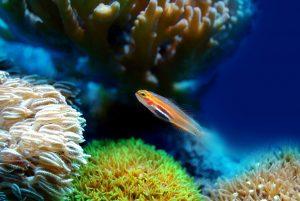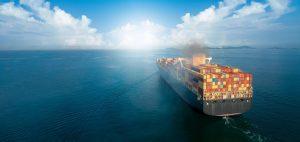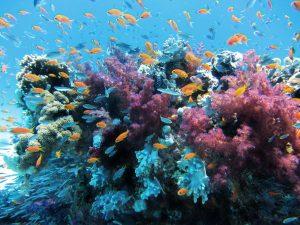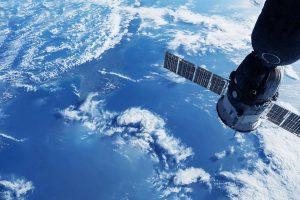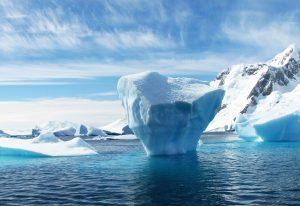A critical yet often overlooked crisis lurks beneath the serene waves that blanket our planet – the pervasive threat of ocean noise pollution. From the tiniest of organisms to the most majestic marine creatures, this insidious intrusion disrupts the harmonious symphony of our seas, triggered by human-made sounds echoing through the underwater realm.
The sources of this disturbance are manifold, stemming primarily from the bustling activities of humanity. Shipping, a fundamental artery of global trade, inadvertently contributes to this cacophony. The roar of engines, the churn of propellers, and the movements of vessels create a disruptive acoustic environment crucial for marine life.
In this pivotal moment, the adoption of Best Available Technology (BAT) and Best Environmental Practice (BEP) emerges as a beacon of hope. Innovations in ship design, propeller technology, and the promotion of “slow steaming” offer promising avenues to mitigate the acoustic footprint, fostering a quieter coexistence between maritime activities and marine habitats.
However, the quest for resources introduces formidable challenges. Seismic airgun surveys, vital for oil and gas exploration, create intense, low-frequency noises that displace marine mammals and affect smaller organisms. Yet, amidst these challenges, alternatives like Marine Vibroseis present a quieter yet effective method for underwater exploration, offering hope for a more harmonious approach to resource discovery.
The toll of underwater construction, particularly from pile driving, disrupts the symphony even further. As demands escalate for offshore wind farms and marine structures, the percussive sounds of traditional methods displace marine life and alter natural behaviors. Innovative alternatives like BLUE piling show promise in curbing this acoustic impact, replacing impact hammers with a gentler water mass.
The repercussions of ocean noise pollution reverberate far beyond marine life. They encroach upon the delicate balance of our planet’s ecosystems. To combat this, a global imperative emerges, underscored by international treaties and agreements such as the Convention on the Conservation of Migratory Species of Wild Animals (CMS) and the Convention on Biological Diversity.
These agreements provide a framework for collaborative efforts among nations and industries, emphasizing the adoption of BAT and BEP alongside regulatory measures to collectively address this shared challenge.
Amid this mounting concern, the urgency to act becomes palpable. Crucial moments, such as the upcoming CMS Conference of the Parties, present opportunities for global stakeholders to unite in safeguarding our oceans. This commitment is not only for the myriad marine species but also for the millions worldwide who depend on these oceans for sustenance and economic survival.
The silent crisis of ocean noise pollution calls for collective commitment and action. It demands exploration and implementation of solutions that foster harmonious coexistence between human activities and marine life. Our responsibility to the seas, integral to the health of our planet, beckons us to act responsibly and ensure a future where the underwater symphony can continue to play undisturbed.

